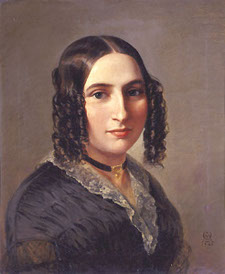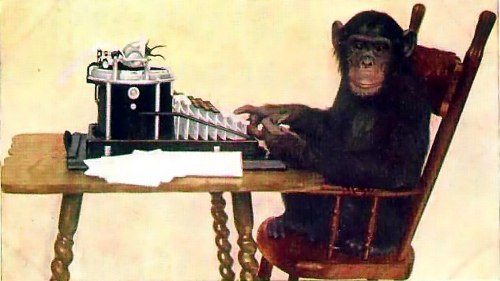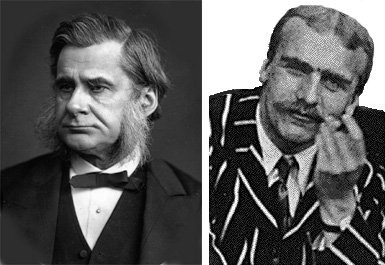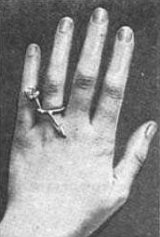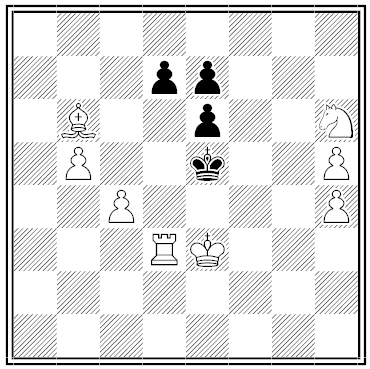
In the 1960s, biologist Karen Pryor was training two female rough-toothed dolphins to perform in a show at Hawaii’s Sea Life Park. Each dolphin had a different repertoire, and they were trained separately, though they could watch one another through a gate.
At one performance something was clearly wrong — each animal did everything she was asked to do, but with great agitation and sometimes in the wrong sequence. Pryor confessed her puzzlement to the audience and was pleased when the show concluded successfully. Afterward her assistant said, “Do you know what happened?”
“No.”
“We got the animals mixed up. Someone put Malia in Hou’s holding tank and Hou in Malia’s holding tank. They look so much alike now, I just never thought of that.”
Each dolphin had performed the other’s act, with no prior training, having only observed it in the earlier sessions. Hou had duplicated tricks that Malia herself had invented, an upside-down jump, a corkscrew, and coasting with her tail in the air, and Malia, wearing a blindfold, had retrieved three sinking rings in a sonar demonstration. Hou had jumped through a hoop held 6 feet above the water, a feat that normally requires weeks to train.
“I stopped the departing audience and told them what they had just seen,” Pryor wrote. “I’m not sure how many understood or believed it. I still hardly believe it myself.”
(From Pryor’s 1975 book Lads Before the Wind, quoted in Thomas I. White’s In Defense of Dolphins, 2007.)

